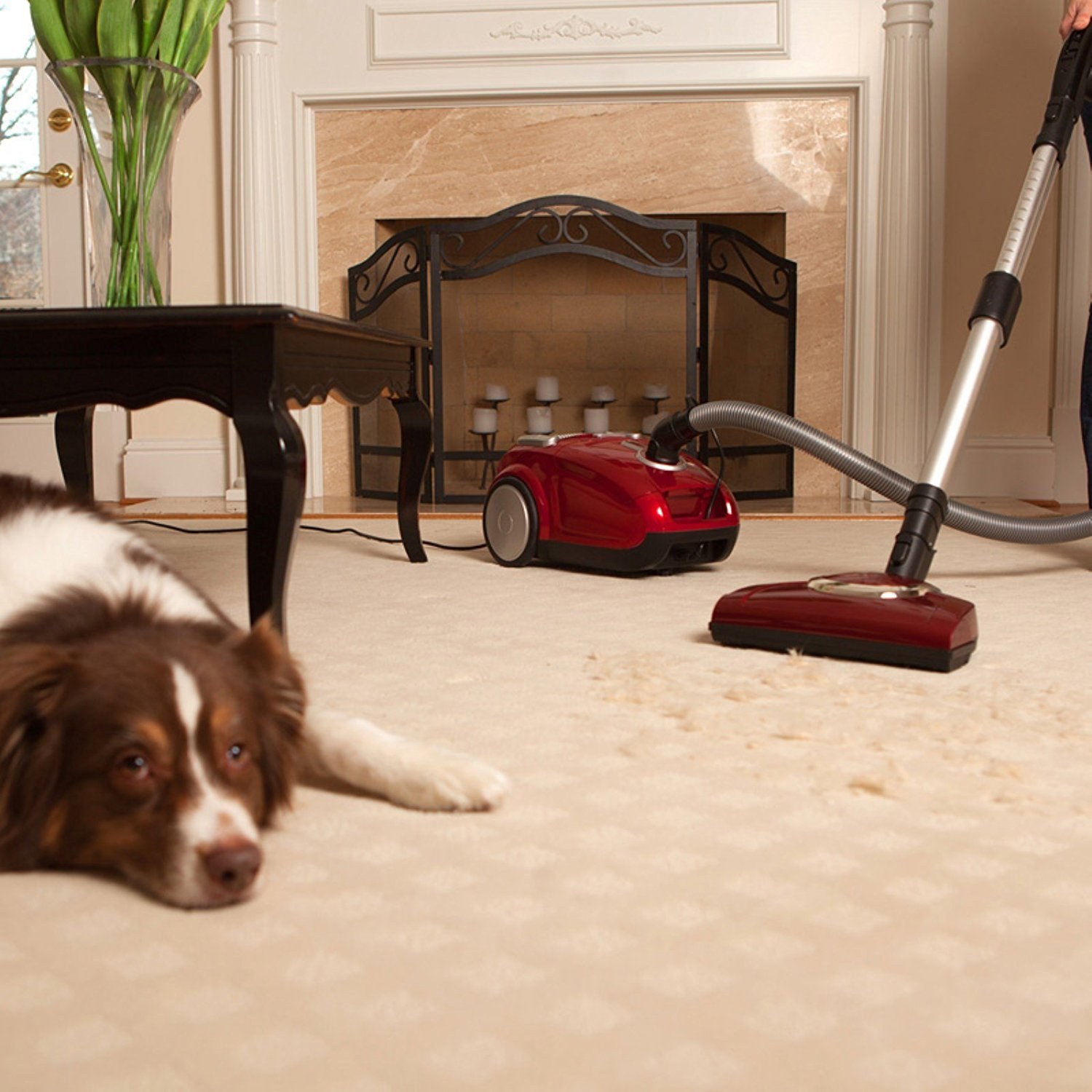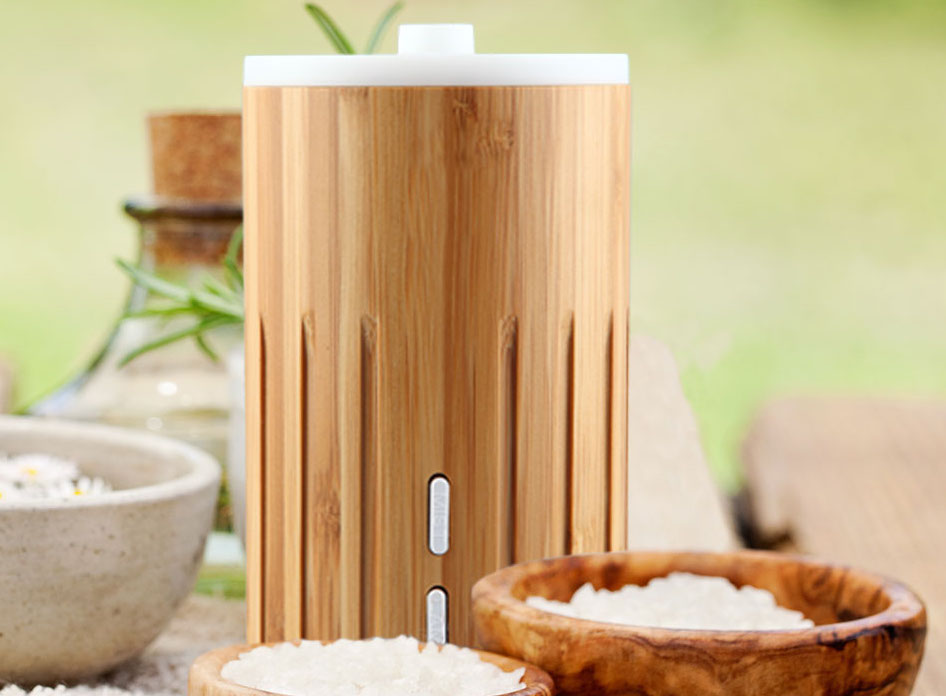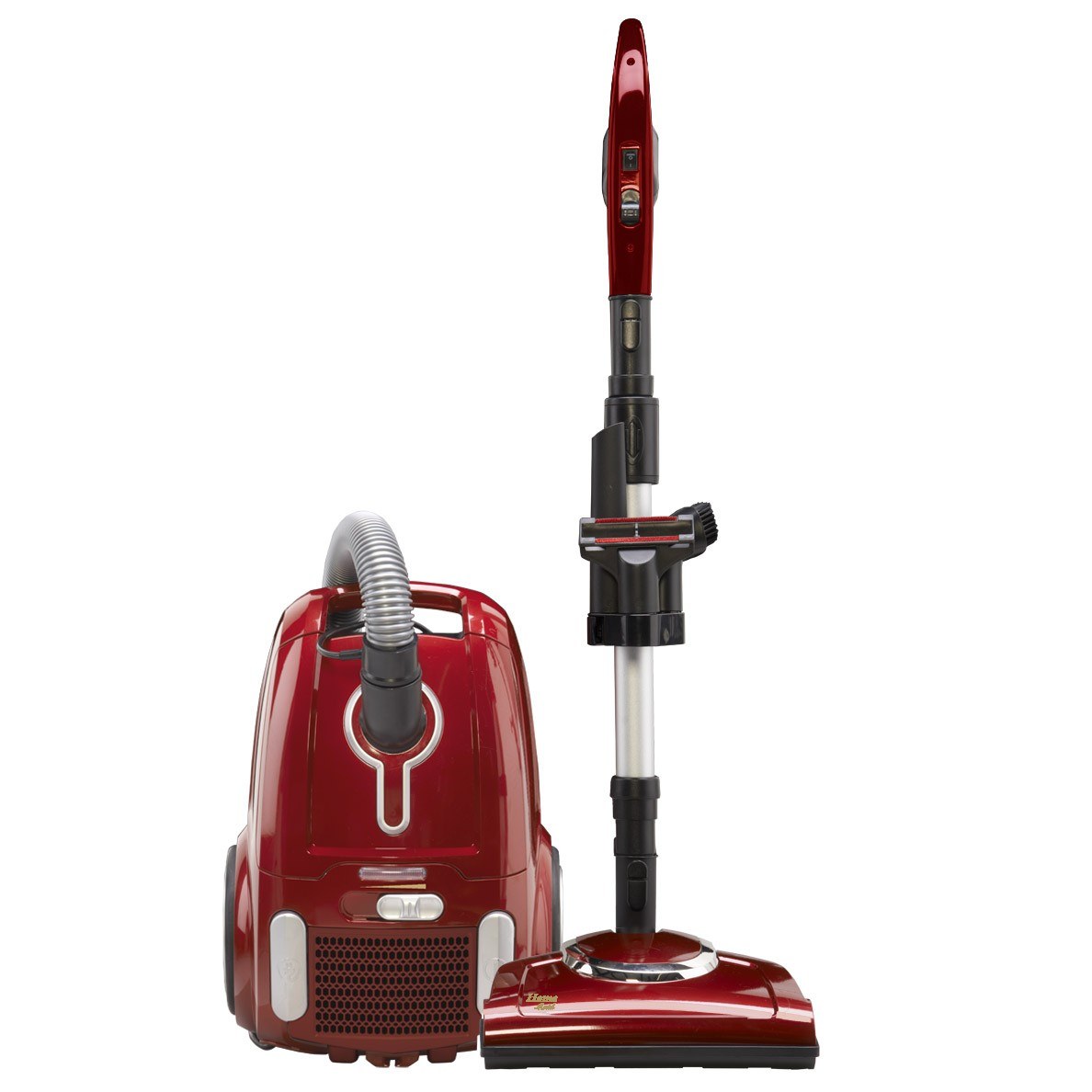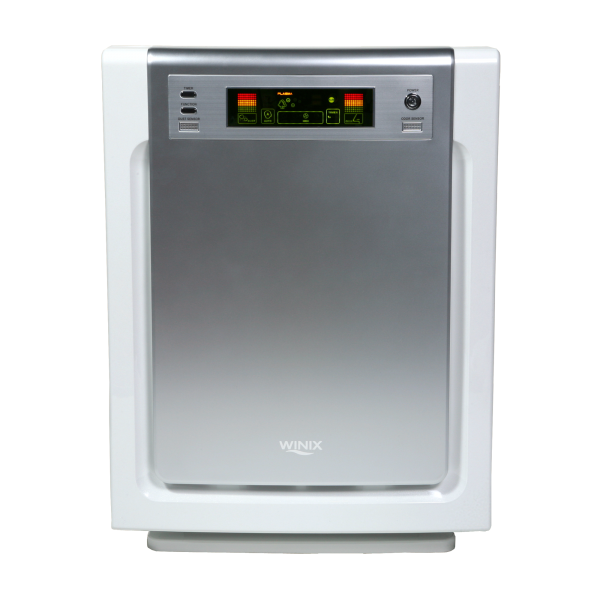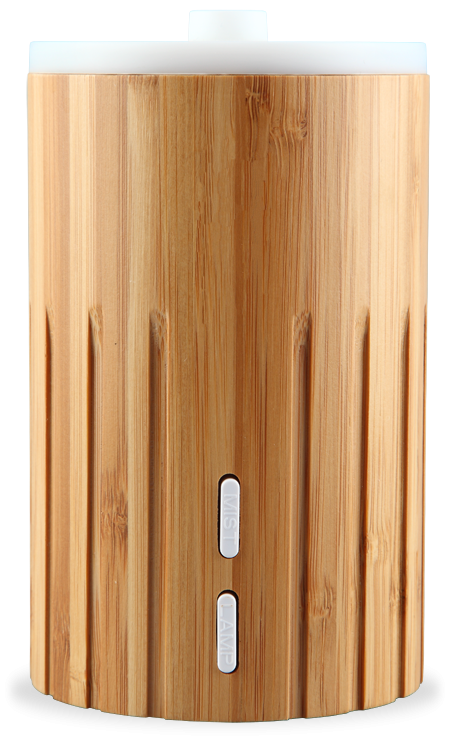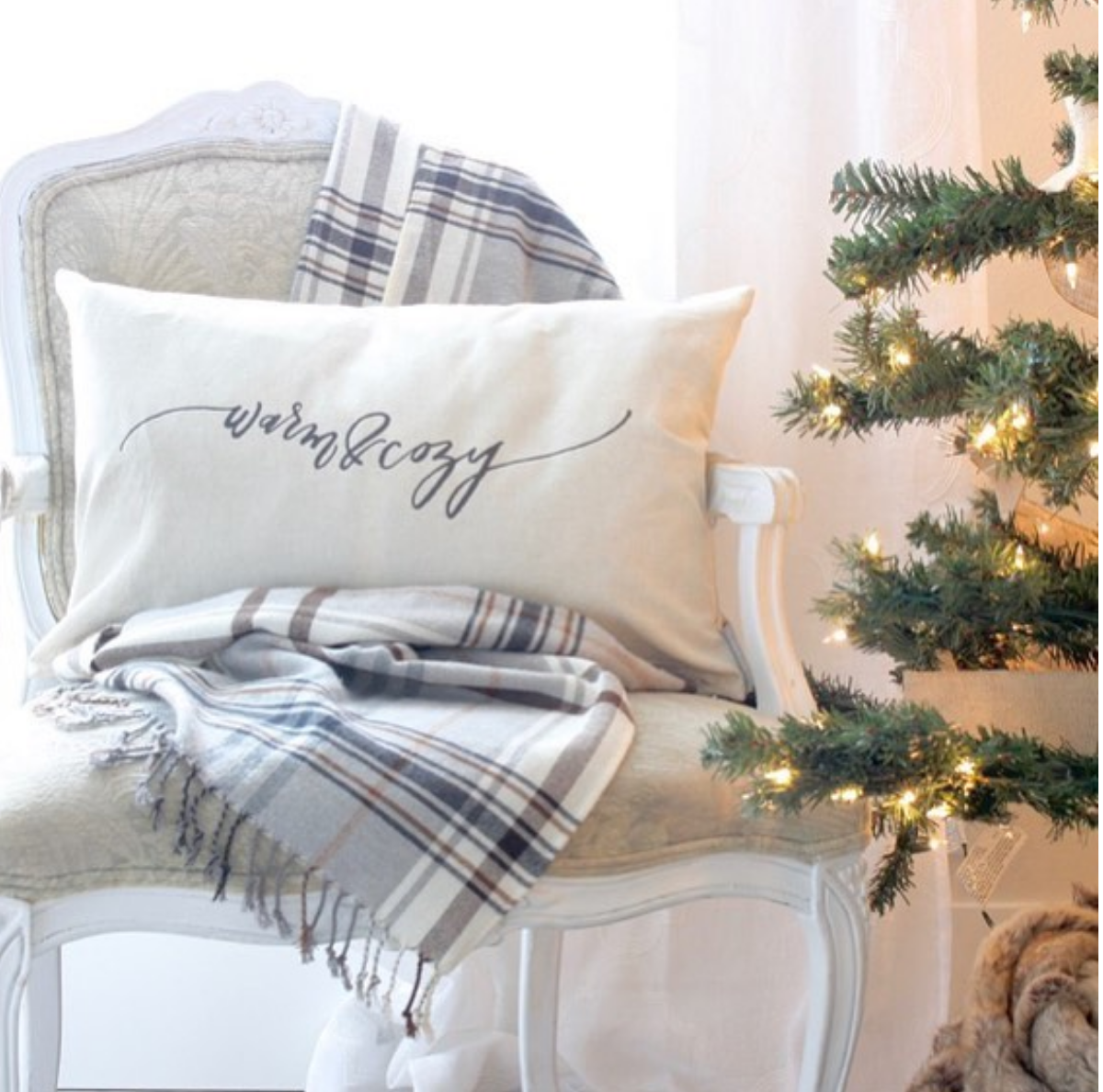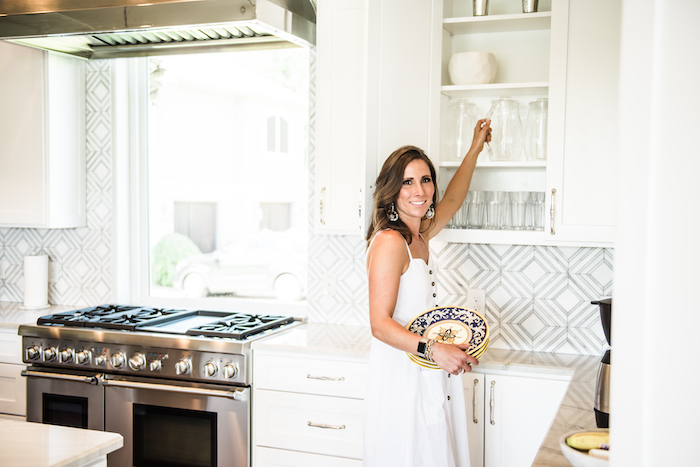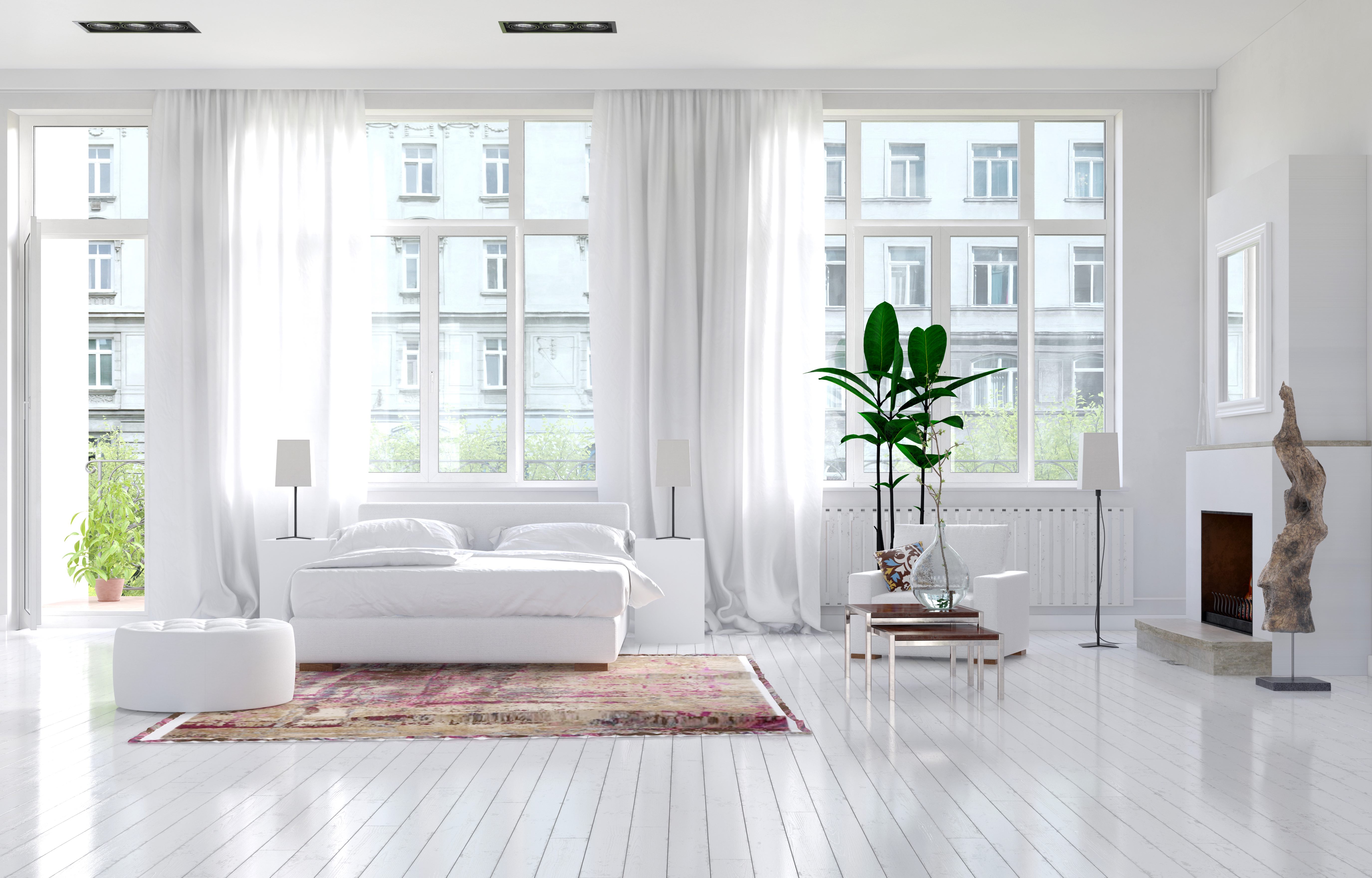
Welcome, fall! Where I live, the trees go from green, to every possible shade of red, orange and yellow (for about 2 glorious weeks) and then, by the end of the month, the trees are ready for the colder months. As we think about our own preparation for this time, something we don’t often think about is our indoor air quality. I know, it doesn’t sound exciting, but because we spend so much time indoors over the late fall and winter months, and, because air quality affects our wellbeing and comfort inside, we should take the time to learn how to create clean indoor air.
Indoor air quality can affect your health; according to the EPA, you can experience irritated eyes, nose and throat, headache, dizziness and fatigue. Asthma may even become worsened from repeated exposure. The good news is, indoor air quality issues are fairly simple to diagnose and correct, meaning your family can breathe easier and live in a healthy home. Plus, it doesn’t smell nice in a home either. If you walk into your space and notice a distinct smell, this likely points to an indoor air quality issue. Typically, a home should smell like nothing when you walk in; that means its got clean air. I’ve received several questions about indoor air quality and management. Let’s dig in!
Lesley asks:
Melissa, we have three kids and two cats. I’m concerned about the dander from the cats with my kids running around. Do I have anything to worry about, and is there anything I can do to reduce pet dander in our home?
Good question. First off, speak to your pediatrician regarding any medical concerns pertaining to the kids. If they’d get an allergy test, you’d know if there were a serious concern. Otherwise, pet dander needs to be managed to keep allergies and other potential issues away (for example, conditions such as asthma can become exacerbated with excess dander). To manage this, keep windows open where possible to allow fresh air to flow through; stuffy air can be a contributing factor to poor indoor air quality. Next up, vacuum often using a powerful vacuum with a HEPA filter, such as this Fuller Brush Home Maid Power Team Canister Vacuum. Empty the bag or canister as needed and clean or change the filter to ensure maximum performance. I think if you can stay on top of the vacuuming, and the kids don’t show signs of allergies, this should be sufficient.
Scott asks:
I’ve seen air purifiers all over the place lately, and I want to know, exactly what do they do and are they worth it? Thanks.
Scott, I’m glad you brought this up. Air purifiers are in flyers, in stores, on TV, yes, everywhere. They are talked about and praised, but do we really know what air purifiers do? Let’s have a deeper look into these air purifiers and see what they’re all about. I’ve had the Winix 9500 Ultimate Pet True HEPA Air Cleaner for about 6 months now in the room where my two cats hang out the most, and I’ve noticed that the air smells fresher and I sneeze less (yes, I am slightly allergic to cats despite having two of them, don’t ask). Air purifiers are designed to clean the air in a space within the home by taking in ‘dirty’ air and pumping out clean air. Essentially, you position the unit in the room where you need the purification, for example, how I set mine up to be where the cats hang out, flick it on, and let the machine do the rest. It will run that dirty air through several filters (which should include a HEPA filter), and pumps out cleaner air which is free from dander, pet hair, allergens, smoke, odors, VOCs, and many other indoor pollutants which can cause discomfort in the home. The noise is minimal, as is the maintenance; just wash or change filters every three or so months depending on your purifier’s instructions. I’ve been very pleased with the performance of the filter I have at home, and if you were thinking about it, I’d encourage you to go for it!
Rachel asks:
Hi Melissa, I really like scenting my home with spray/plug in products, but I’ve heard they may ‘pollute’ the indoor spaces they’re sprayed in. Do you have any ideas for how I can circulate a nice scent without having to muck up the air I’m breathing in?
This is something I get asked about a lot. There are several ways you can scent your home using nothing more than essential oils. First, ensure when you do use essential oils, they’re 100% pure, not synthetic. Keep in mind that the scent may not be as strong or last as long as a traditional air freshener, however that’s part of the deal with using natural products. While there are many ways to get the scent floating around your home, my favorite way is by using an essential oil diffuser, which functions by dispersing tiny droplets of cool water into the air which are mixed with several drops of essential oils. The room ends up being filled with a gentle, beautiful scent of your choice. Plus, the unit itself can really up the aesthetic of a space, take the Zaq Bamboo Lite Mist Aromatherapy Essential Oil Diffuser, for example. How spa-like! Recently, I had mine running with some eucalyptus oil at home when I hosted a group of friends for a night of wine, cheese and sweets (I’m still dreaming of the charcuterie board I put together) and all of my friends kept commenting on how my house smelled like a spa (yes!). They were also enamored with the LED light that changed color and the sleek design of the unit. It was a conversation piece to say the least. Generally, I keep it running in our bedroom and turn it on close to bedtime with a calming essential oil, like lavender or a nice spa blend I recently picked up. It certainly elevates the space in my mind. I hope you try one out!
Indoor air quality can greatly affect how comfortable you feel in your own space. I would encourage you to look for ways to improve the air quality of your home for these upcoming cooler months, it will make a difference for you and your family! Next month, we’ll be talking about how to make holiday prep and clean up more efficient, so toss your holiday questions my way by replying to this post or finding me on social media using #AskMelissa. Looking forward to hearing from you and catching up next month. Until then, be well!


